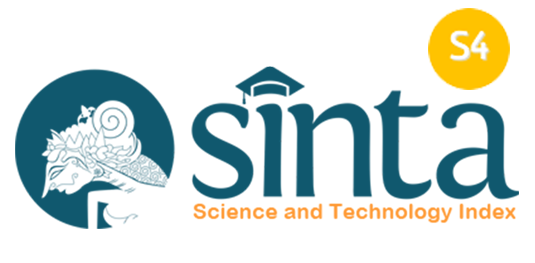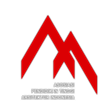Penataan Ruang Pamer Kerajinan Keramik Dinoyo Malang
DOI:
https://doi.org/10.21776/ub.ruas.2015.013.02.8Abstract
Dinoyo ceramic village located on Jl. MT Haryono Dinoyo District of Dinoyo is a center of home industry economic activity, announced by the Government of the tourist village of Malang. Industrial products are produced is in the form of ceramics, with a wide variety of forms such as pottery items for decoration, various souvenirs to household appliances/ kitchen. On the one hand, the potential for the development of economic activities of the people of the industry is still quite large visible from a good level of marketing, not only in the city of Malang, but even out of town or country. But on the other hand, problems arise in the aspect of the promotion strategy that is not supported by quality of showroom with attractive layout concepts. Based on three deficiencies can be identified from the management arrangement ceramics Dinoyo showrooms are associated with: (1) space zoning (2) arrangement of physical elements of space and (3) arrangement of handicrafts, the community service is targeted to structuring concept showroom ceramics. Structuring concept was applied in the field by applying spatial organization in a more effective, and the provision of furniture in accordance with the character of the object to show off.
Keywords: showrooms, ceramic
Downloads
Published
How to Cite
Issue
Section
License
Authors who publish with this journal agree to the following terms:
- Authors retain copyright and grant the journal right of first publication with the work simultaneously licensed under a Creative Commons Attribution License that allows others to share the work with an acknowledgement of the work's authorship and initial publication in this journal.
- Authors are able to enter into separate, additional contractual arrangements for the non-exclusive distribution of the journal's published version of the work (e.g., post it to an institutional repository or publish it in a book), with an acknowledgement of its initial publication in this journal.
- Authors are permitted and encouraged to post their work online (e.g., in institutional repositories or on their website) prior to and during the submission process, as it can lead to productive exchanges, as well as earlier and greater citation of published work (See The Effect of Open Access).











